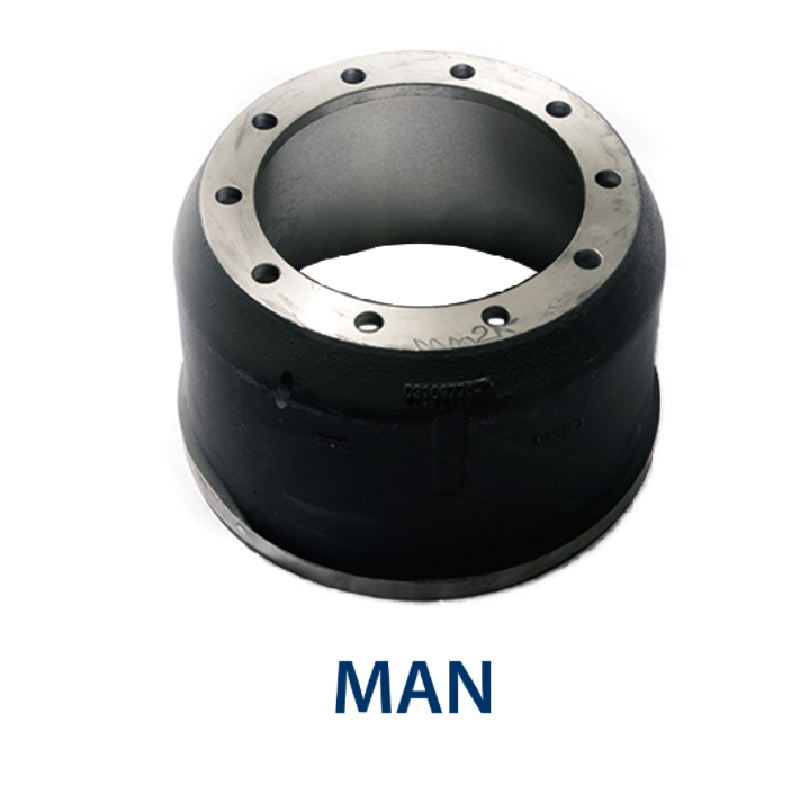Oct . 12, 2024 04:09 Back to list
Guide to Properly Setting Up Your Brake Drum System for Optimal Performance
Understanding Brake Drum Setup A Comprehensive Guide
The brake drum setup is a critical component of a vehicle's braking system, particularly in older cars and trucks. While many modern vehicles have transitioned to disc brakes due to their superior performance, brake drums still play a vital role in the efficient operation of many vehicles. This article will delve into the essential aspects of brake drums, covering their components, functionality, setup procedure, and maintenance tips.
What is a Brake Drum?
A brake drum is a cylindrical component that houses the braking mechanisms in a drum brake system. It works in conjunction with brake shoes, which press against the inner surface of the drum to create friction and slow down or stop the vehicle. The drum is typically made of cast iron or aluminum and is designed to withstand high levels of heat generated during braking.
Components of Brake Drum Setup
The brake drum setup consists of several key components
1. Brake Drum The outer shell that rotates with the wheel. 2. Brake Shoes Curved components that press against the inner surface of the drum to create friction. 3. Wheel Cylinder A hydraulic component that pushes the brake shoes outward when the brake pedal is pressed. 4. Return Springs Springs that pull the brake shoes back into place after braking. 5. Brake Adjuster A mechanism that ensures proper spacing between the brake shoes and the drum, compensating for wear over time.
Functionality of Brake Drums
When a driver presses the brake pedal, hydraulic fluid is sent from the master cylinder to the wheel cylinder. This action pushes the brake shoes against the inner surface of the brake drum. The friction generated between the shoes and the drum creates the necessary force to slow down or stop the vehicle. As the brake shoes wear down, the distance between them and the drum increases, which can lead to decreased braking efficiency. This is where the brake adjuster comes into play, ensuring the optimal distance is maintained for effective braking.
Setting Up Brake Drums
Setting up brake drums involves several steps to ensure they function effectively and safely
. Here’s a detailed overview of the setup process1. Gather Necessary Tools and Materials Before starting, ensure you have the necessary tools, such as a socket set, screwdrivers, brake cleaner, and new brake shoes if replacements are needed.
2. Jack Up the Vehicle Use a jack to lift the vehicle and secure it on jack stands. Make sure the wheels are off the ground to allow for easy access to the brake components.
brake drum setup

3. Remove the Wheel Take off the wheel to access the brake drum.
4. Inspect the Brake Drum and Shoes Check for wear and damage on the drum and shoes. Measure the thickness of the shoes and the inner surface of the drum. Any significant wear should lead to replacements.
5. Remove the Brake Drum If the drum is held by retaining screws or clips, remove them. Carefully slide the drum off the hub, being mindful of any dust or debris.
6. Clean the Components Use brake cleaner to remove any dust or contaminants from the drum, shoes, and other components. Ensure that all surfaces are free from grease and debris.
7. Install New Shoes (if necessary) If you are replacing the brake shoes, position them correctly on the backing plate and attach them using the appropriate hardware.
8. Adjust the Brake Shoes Use the brake adjuster to set the distance between the shoes and the drum. This adjustment is crucial for effective braking performance.
9. Reinstall the Brake Drum Slide the drum back onto the hub, ensuring that it is seated properly.
10. Reattach the Wheel Place the wheel back on the hub, tighten the lug nuts securely, and lower the vehicle from the jack stands.
11. Test the Brakes Before driving, pump the brake pedal a few times to seat the shoes against the drum. Test the brakes at low speeds to ensure everything is functioning correctly.
Maintenance Tips
To ensure the longevity and effectiveness of your brake drum setup, regular maintenance is essential. Here are some maintenance tips
- Inspect Regularly Regularly check the brake components for wear, corrosion, and proper functionality. - Replace Worn Parts Always replace worn or damaged brake shoes and drums promptly. - Keep Clean Maintain cleanliness around the brake components to prevent dust and grease build-up that could affect performance. - Adjust as Needed Periodically check the brake adjustment to ensure proper function as components wear down.
In conclusion, the brake drum setup may seem straightforward, but it plays a crucial role in vehicle safety and performance. By understanding its components and following the proper setup procedures, vehicle owners can maintain effective braking performance and ensure their safety on the road. Regular maintenance and inspections are key to preserving the functionality of brake drums, making them an essential aspect of vehicle care.
-
Brake Drum Man - High-Quality Drum Brake Drums & Brake Shoes for Reliable Performance
NewsJun.24,2025
-
High-Quality Brake Drum Kamaz – Durable Drum Brake Drum & Brake Shoe Replacement
NewsJun.10,2025
-
High-Quality Brake Drum Liza for Drum Brake Systems - Superior Durability and Performance
NewsJun.10,2025
-
High-Quality Brake Drum Kamaz – Durable Drum Brake Drum & Brake Shoe Solutions
NewsJun.10,2025
-
Durable Kamaz Brake Drums High-Performance Truck Parts
NewsJun.09,2025
-
Premium Brake Drum Maz Kit with Shoes Enhanced Braking
NewsJun.09,2025
